#chinese designs
Explore tagged Tumblr posts
Text

Source
#bedroom#dark and moody#glam#chinese designs#purple tag#red walls#room dividers#maximalism#home decor#interior design
97 notes
·
View notes
Note
It might be a little abstract, but could you draw a telephone pole dragon? With the wires and lights I think it may be cool

#141 - 電線 (diàn xiàn / electric line) - Better not touch this telephone pole! ⚡⚡⚡
#ask and you shall receive :3#daily dragon drawing#dragon#art#dragons#chinese artist#dragon art#year of the dragon#artists on tumblr#art challenge#illustration#chinese dragon#dragon oc#daily drawing#daily dragon#dragon a day#zodiac#drawing#creature design#telephone pole#electric line#electric pole#electric dragon#electricity dragon
10K notes
·
View notes
Text

𝓑𝓾𝓷𝓷𝔂~
#art#artwork#dailyart#the grandmaster of demonic cultivation#art style#digital art#art digital#fanart#mdzs#mxtx#mxtx mdzs#cute#digital drawing#drawing#digital painting#painting#ibispaint art#ibispaintx#ibispaintapp#ibispaintdrawing#made in ibis paint#procreate#chinese novel#novel#graphic design#bunny#scenery#wei wuxian#lan wangji#wei ying
3K notes
·
View notes
Text

中国新年快乐 2025 !
Wishing you and your beloved ones a healthy, prosperous and joyous year ahead.
#art#design#lunar new year#chinese new year#lunar#happy new year#happy lunar new year#peace#love#health#chinesenewyear#newyear#harmony#prosperity#snake#year of the snake#year of the wood snake#wisdom
1K notes
·
View notes
Text

chinese miku!
1K notes
·
View notes
Text

happy lunar new year! 🐍
https://twitter.com/koyoriin https://patreon.com/koyorin https://instagram.com/koyori_n https://bsky.app/profile/koyorin.bsky.social
#illustration#character design#lunar new year#chinese new year#year of the snake#snake#snakes#concept art#2025#lny#cny#lny 2025#cny 2025#chinese new year 2025#lunar new year 2025
700 notes
·
View notes
Text
Fantasy Guide to Interiors
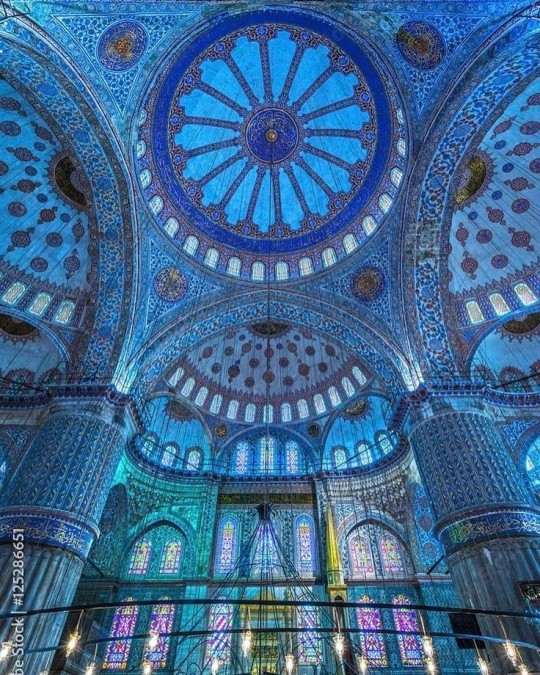
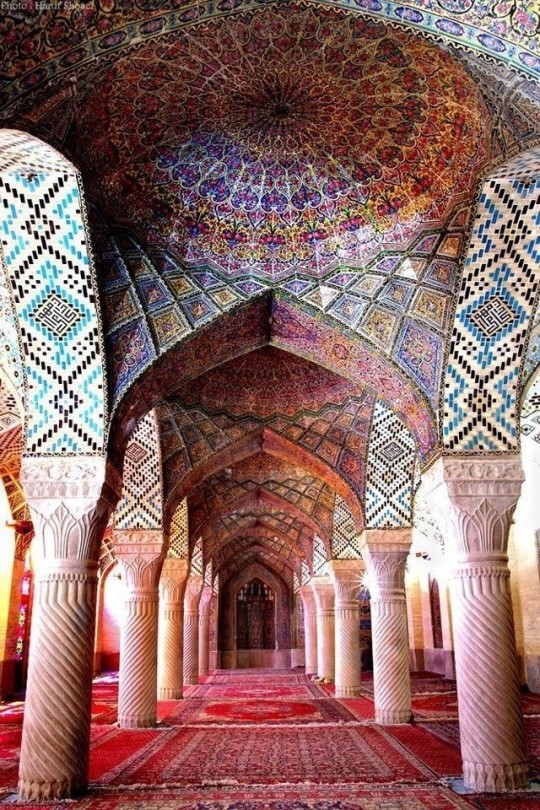
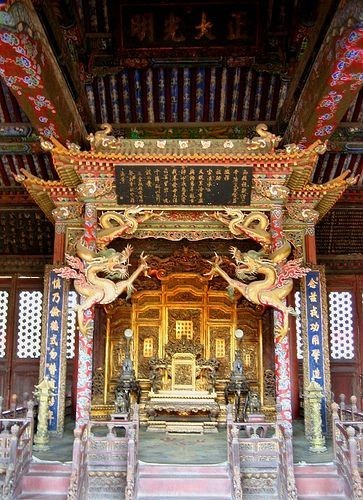
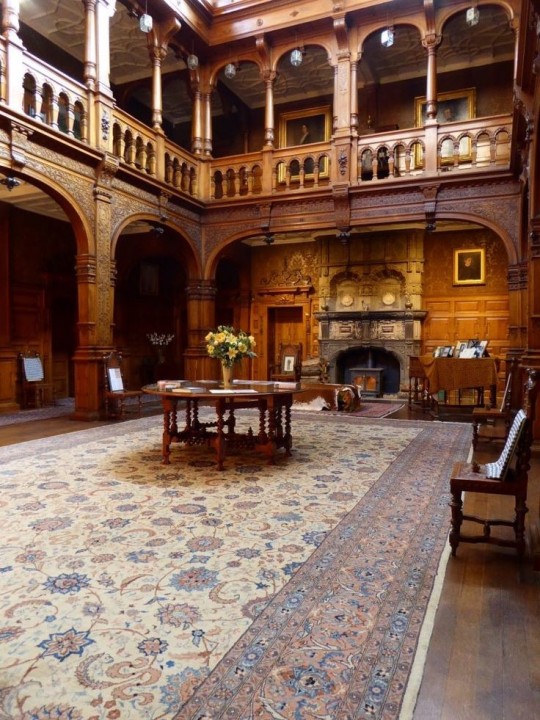
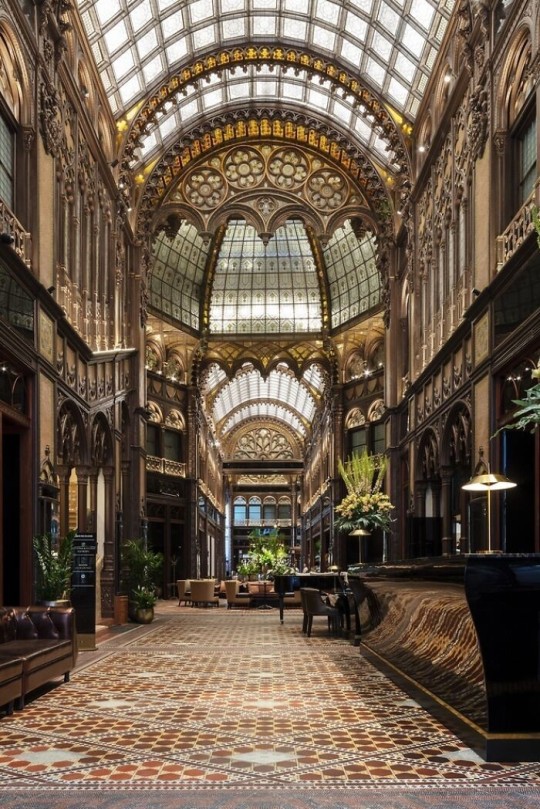
As a followup to the very popular post on architecture, I decided to add onto it by exploring the interior of each movement and the different design techniques and tastes of each era. This post at be helpful for historical fiction, fantasy or just a long read when you're bored.
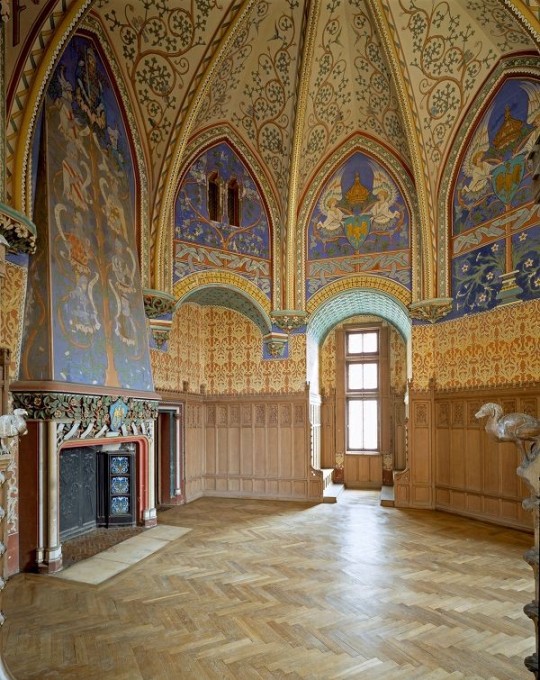
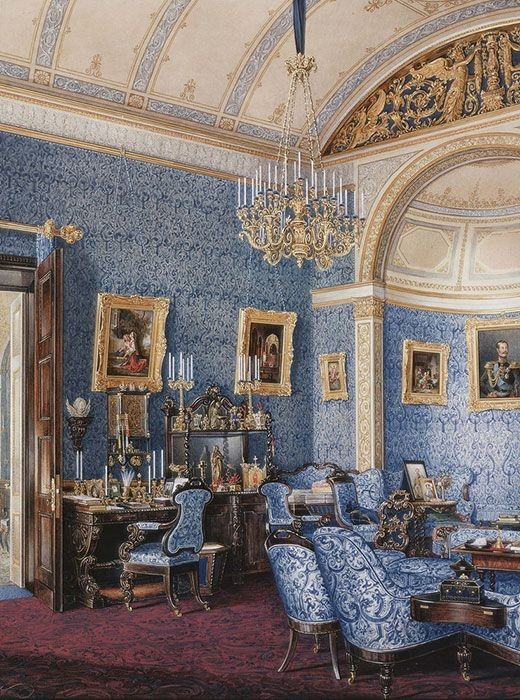
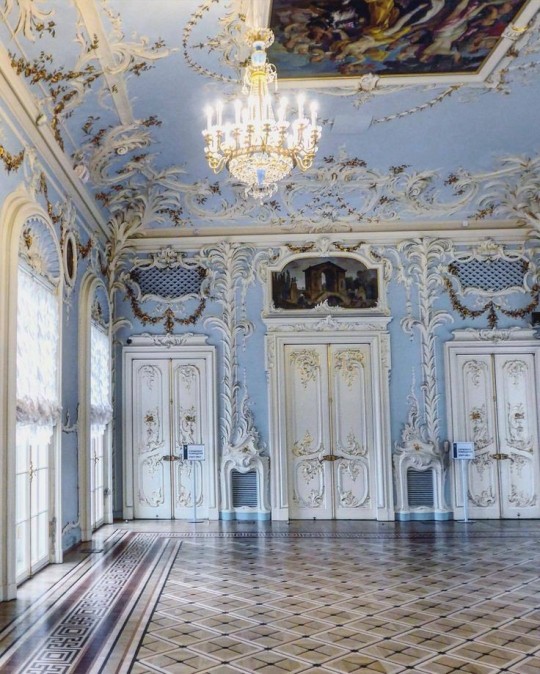
Interior Design Terms
Reeding and fluting: Fluting is a technique that consists a continuous pattern of concave grooves in a flat surface across a surface. Reeding is it's opposite.
Embossing: stamping, carving or moulding a symbol to make it stand out on a surface.
Paneling: Panels of carved wood or fabric a fixed to a wall in a continuous pattern.
Gilding: the use of gold to highlight features.
Glazed Tile: Ceramic or porcelain tiles coated with liquid coloured glass or enamel.
Column: A column is a pillar of stone or wood built to support a ceiling. We will see more of columns later on.
Bay Window: The Bay Window is a window projecting outward from a building.
Frescos: A design element of painting images upon wet plaster.
Mosaic: Mosaics are a design element that involves using pieces of coloured glass and fitted them together upon the floor or wall to form images.
Mouldings: ornate strips of carved wood along the top of a wall.
Wainscoting: paneling along the lower portion of a wall.
Chinoiserie: A European take on East Asian art. Usually seen in wallpaper.
Clerestory: A series of eye-level windows.
Sconces: A light fixture supported on a wall.
Niche: A sunken area within a wall.
Monochromatic: Focusing on a single colour within a scheme.
Ceiling rose: A moulding fashioned on the ceiling in the shape of a rose usually supporting a light fixture.
Baluster: the vertical bars of a railing.
Façade: front portion of a building
Lintel: Top of a door or window.
Portico: a covered structure over a door supported by columns
Eaves: the part of the roof overhanging from the building
Skirting: border around lower length of a wall
Ancient Greece
Houses were made of either sun-dried clay bricks or stone which were painted when they dried. Ground floors were decorated with coloured stones and tiles called Mosaics. Upper level floors were made from wood. Homes were furnished with tapestries and furniture, and in grand homes statues and grand altars would be found. Furniture was very skillfully crafted in Ancient Greece, much attention was paid to the carving and decoration of such things. Of course, Ancient Greece is ancient so I won't be going through all the movements but I will talk a little about columns.
Doric: Doric is the oldest of the orders and some argue it is the simplest. The columns of this style are set close together, without bases and carved with concave curves called flutes. The capitals (the top of the column) are plain often built with a curve at the base called an echinus and are topped by a square at the apex called an abacus. The entablature is marked by frieze of vertical channels/triglyphs. In between the channels would be detail of carved marble. The Parthenon in Athens is your best example of Doric architecture.
Ionic: The Ionic style was used for smaller buildings and the interiors. The columns had twin volutes, scroll-like designs on its capital. Between these scrolls, there was a carved curve known as an egg and in this style the entablature is much narrower and the frieze is thick with carvings. The example of Ionic Architecture is the Temple to Athena Nike at the Athens Acropolis.
Corinthian: The Corinthian style has some similarities with the Ionic order, the bases, entablature and columns almost the same but the capital is more ornate its base, column, and entablature, but its capital is far more ornate, commonly carved with depictions of acanthus leaves. The style was more slender than the others on this list, used less for bearing weight but more for decoration. Corinthian style can be found along the top levels of the Colosseum in Rome.
Tuscan: The Tuscan order shares much with the Doric order, but the columns are un-fluted and smooth. The entablature is far simpler, formed without triglyphs or guttae. The columns are capped with round capitals.
Composite: This style is mixed. It features the volutes of the Ionic order and the capitals of the Corinthian order. The volutes are larger in these columns and often more ornate. The column's capital is rather plain. for the capital, with no consistent differences to that above or below the capital.
Ancient Rome
Rome is well known for its outward architectural styles. However the Romans did know how to add that rizz to the interior. Ceilings were either vaulted or made from exploded beams that could be painted. The Romans were big into design. Moasics were a common interior sight, the use of little pieces of coloured glass or stone to create a larger image. Frescoes were used to add colour to the home, depicting mythical figures and beasts and also different textures such as stonework or brick. The Romans loved their furniture. Dining tables were low and the Romans ate on couches. Weaving was a popular pastime so there would be tapestries and wall hangings in the house. Rich households could even afford to import fine rugs from across the Empire. Glass was also a feature in Roman interior but windows were usually not paned as large panes were hard to make. Doors were usually treated with panels that were carved or in lain with bronze.
Ancient Egypt
Egypt was one of the first great civilisations, known for its immense and grand structures. Wealthy Egyptians had grand homes. The walls were painted or plastered usually with bright colours and hues. The Egyptians are cool because they mapped out their buildings in such a way to adhere to astrological movements meaning on special days if the calendar the temple or monuments were in the right place always. The columns of Egyptian where thicker, more bulbous and often had capitals shaped like bundles of papyrus reeds. Woven mats and tapestries were popular decor. Motifs from the river such as palms, papyrus and reeds were popular symbols used.
Ancient Africa
African Architecture is a very mixed bag and more structurally different and impressive than Hollywood would have you believe. Far beyond the common depictions of primitive buildings, the African nations were among the giants of their time in architecture, no style quite the same as the last but just as breathtaking.
Rwandan Architecture: The Rwandans commonly built of hardened clay with thatched roofs of dried grass or reeds. Mats of woven reeds carpeted the floors of royal abodes. These residences folded about a large public area known as a karubanda and were often so large that they became almost like a maze, connecting different chambers/huts of all kinds of uses be they residential or for other purposes.
Ashanti Architecture: The Ashanti style can be found in present day Ghana. The style incorporates walls of plaster formed of mud and designed with bright paint and buildings with a courtyard at the heart, not unlike another examples on this post. The Ashanti also formed their buildings of the favourite method of wattle and daub.
Nubian Architecture: Nubia, in modern day Ethiopia, was home to the Nubians who were one of the world's most impressive architects at the beginning of the architecture world and probably would be more talked about if it weren't for the Egyptians building monuments only up the road. The Nubians were famous for building the speos, tall tower-like spires carved of stone. The Nubians used a variety of materials and skills to build, for example wattle and daub and mudbrick. The Kingdom of Kush, the people who took over the Nubian Empire was a fan of Egyptian works even if they didn't like them very much. The Kushites began building pyramid-like structures such at the sight of Gebel Barkal
Japanese Interiors
Japenese interior design rests upon 7 principles. Kanso (簡素)- Simplicity, Fukinsei (不均整)- Asymmetry, Shizen (自然)- Natural, Shibumi (渋味) – Simple beauty, Yugen (幽玄)- subtle grace, Datsuzoku (脱俗) – freedom from habitual behaviour, Seijaku (静寂)- tranquillity.
Common features of Japanese Interior Design:
Shoji walls: these are the screens you think of when you think of the traditional Japanese homes. They are made of wooden frames, rice paper and used to partition
Tatami: Tatami mats are used within Japanese households to blanket the floors. They were made of rice straw and rush straw, laid down to cushion the floor.
Genkan: The Genkan was a sunken space between the front door and the rest of the house. This area is meant to separate the home from the outside and is where shoes are discarded before entering.
Japanese furniture: often lowest, close to the ground. These include tables and chairs but often tanked are replaced by zabuton, large cushions. Furniture is usually carved of wood in a minimalist design.
Nature: As both the Shinto and Buddhist beliefs are great influences upon architecture, there is a strong presence of nature with the architecture. Wood is used for this reason and natural light is prevalent with in the home. The orientation is meant to reflect the best view of the world.
Islamic World Interior
The Islamic world has one of the most beautiful and impressive interior design styles across the world. Colour and detail are absolute staples in the movement. Windows are usually not paned with glass but covered in ornate lattices known as jali. The jali give ventilation, light and privacy to the home. Islamic Interiors are ornate and colourful, using coloured ceramic tiles. The upper parts of walls and ceilings are usually flat decorated with arabesques (foliate ornamentation), while the lower wall areas were usually tiled. Features such as honeycombed ceilings, horseshoe arches, stalactite-fringed arches and stalactite vaults (Muqarnas) are prevalent among many famous Islamic buildings such as the Alhambra and the Blue Mosque.
Byzantine (330/395–1453 A. D)
The Byzantine Empire or Eastern Roman Empire was where eat met west, leading to a melting pot of different interior designs based on early Christian styles and Persian influences. Mosaics are probably what you think of when you think of the Byzantine Empire. Ivory was also a popular feature in the Interiors, with carved ivory or the use of it in inlay. The use of gold as a decorative feature usually by way of repoussé (decorating metals by hammering in the design from the backside of the metal). Fabrics from Persia, heavily embroidered and intricately woven along with silks from afar a field as China, would also be used to upholster furniture or be used as wall hangings. The Byzantines favoured natural light, usually from the use of copolas.
Indian Interiors
India is of course, the font of all intricate designs. India's history is sectioned into many eras but we will focus on a few to give you an idea of prevalent techniques and tastes.
The Gupta Empire (320 – 650 CE): The Gupta era was a time of stone carving. As impressive as the outside of these buildings are, the Interiors are just as amazing. Gupta era buildings featured many details such as ogee (circular or horseshoe arch), gavaksha/chandrashala (the motif centred these arches), ashlar masonry (built of squared stone blocks) with ceilings of plain, flat slabs of stone.
Delhi Sultanate (1206–1526): Another period of beautifully carved stone. The Delhi sultanate had influence from the Islamic world, with heavy uses of mosaics, brackets, intricate mouldings, columns and and hypostyle halls.
Mughal Empire (1526–1857): Stonework was also important on the Mughal Empire. Intricately carved stonework was seen in the pillars, low relief panels depicting nature images and jalis (marble screens). Stonework was also decorated in a stye known as pietra dura/parchin kari with inscriptions and geometric designs using colored stones to create images. Tilework was also popular during this period. Moasic tiles were cut and fitted together to create larger patters while cuerda seca tiles were coloured tiles outlined with black.
Chinese Interiors
Common features of Chinese Interiors
Use of Colours: Colour in Chinese Interior is usually vibrant and bold. Red and Black are are traditional colours, meant to bring luck, happiness, power, knowledge and stability to the household.
Latticework: Lattices are a staple in Chinese interiors most often seen on shutters, screens, doors of cabinets snf even traditional beds.
Lacquer: Multiple coats of lacquer are applied to furniture or cabinets (now walls) and then carved. The skill is called Diaoqi (雕漆).
Decorative Screens: Screens are used to partition off part of a room. They are usually of carved wood, pained with very intricate murals.
Shrines: Spaces were reserved on the home to honour ancestors, usually consisting of an altar where offerings could be made.
Of course, Chinese Interiors are not all the same through the different eras. While some details and techniques were interchangeable through different dynasties, usually a dynasty had a notable style or deviation. These aren't all the dynasties of course but a few interesting examples.
Song Dynasty (960–1279): The Song Dynasty is known for its stonework. Sculpture was an important part of Song Dynasty interior. It was in this period than brick and stone work became the most used material. The Song Dynasty was also known for its very intricate attention to detail, paintings, and used tiles.
Ming Dynasty(1368–1644): Ceilings were adorned with cloisons usually featuring yellow reed work. The floors would be of flagstones usually of deep tones, mostly black. The Ming Dynasty favoured richly coloured silk hangings, tapestries and furnishings. Furniture was usually carved of darker woods, arrayed in a certain way to bring peace to the dwelling.
Han Dynasty (206 BC-220 AD): Interior walls were plastered and painted to show important figures and scenes. Lacquer, though it was discovered earlier, came into greater prominence with better skill in this era.
Tang Dynasty (618–907) : The colour palette is restrained, reserved. But the Tang dynasty is not without it's beauty. Earthenware reached it's peak in this era, many homes would display fine examples as well. The Tang dynasty is famous for its upturned eaves, the ceilings supported by timber columns mounted with metal or stone bases. Glazed tiles were popular in this era, either a fixed to the roof or decorating a screen wall.
Romanesque (6th -11th century/12th)
Romanesque Architecture is a span between the end of Roman Empire to the Gothic style. Taking inspiration from the Roman and Byzantine Empires, the Romanesque period incorporates many of the styles. The most common details are carved floral and foliage symbols with the stonework of the Romanesque buildings. Cable mouldings or twisted rope-like carvings would have framed doorways. As per the name, Romansque Interiors relied heavily on its love and admiration for Rome. The Romanesque style uses geometric shapes as statements using curves, circles snf arches. The colours would be clean and warm, focusing on minimal ornamentation.
Gothic Architecture (12th Century - 16th Century)
The Gothic style is what you think of when you think of old European cathedrals and probably one of the beautiful of the styles on this list and one of most recognisable. The Gothic style is a dramatic, opposing sight and one of the easiest to describe. Decoration in this era became more ornate, stonework began to sport carving and modelling in a way it did not before. The ceilings moved away from barreled vaults to quadripartite and sexpartite vaulting. Columns slimmed as other supportive structures were invented. Intricate stained glass windows began their popularity here. In Gothic structures, everything is very symmetrical and even.
Mediaeval (500 AD to 1500)
Interiors of mediaeval homes are not quite as drab as Hollywood likes to make out. Building materials may be hidden by plaster in rich homes, sometimes even painted. Floors were either dirt strewn with rushes or flagstones in larger homes. Stonework was popular, especially around fireplaces. Grand homes would be decorated with intricate woodwork, carved heraldic beasts and wall hangings of fine fabrics.
Renaissance (late 1300s-1600s)
The Renaissance was a period of great artistry and splendor. The revival of old styles injected symmetry and colour into the homes. Frescoes were back. Painted mouldings adorned the ceilings and walls. Furniture became more ornate, fixed with luxurious upholstery and fine carvings. Caryatids (pillars in the shape of women), grotesques, Roman and Greek images were used to spruce up the place. Floors began to become more intricate, with coloured stone and marble. Modelled stucco, sgraffiti arabesques (made by cutting lines through a layer of plaster or stucco to reveal an underlayer), and fine wall painting were used in brilliant combinations in the early part of the 16th century.
Tudor Interior (1485-1603)
The Tudor period is a starkly unique style within England and very recognisable. Windows were fixed with lattice work, usually casement. Stained glass was also in in this period, usually depicting figures and heraldic beasts. Rooms would be panelled with wood or plastered. Walls would be adorned with tapestries or embroidered hangings. Windows and furniture would be furnished with fine fabrics such as brocade. Floors would typically be of wood, sometimes strewn with rush matting mixed with fresh herbs and flowers to freshen the room.
Baroque (1600 to 1750)
The Baroque period was a time for splendor and for splashing the cash. The interior of a baroque room was usually intricate, usually of a light palette, featuring a very high ceiling heavy with detail. Furniture would choke the room, ornately carved and stitched with very high quality fabrics. The rooms would be full of art not limited to just paintings but also sculptures of marble or bronze, large intricate mirrors, moldings along the walls which may be heavily gilded, chandeliers and detailed paneling.
Victorian (1837-1901)
We think of the interiors of Victorian homes as dowdy and dark but that isn't true. The Victorians favoured tapestries, intricate rugs, decorated wallpaper, exquisitely furniture, and surprisingly, bright colour. Dyes were more widely available to people of all stations and the Victorians did not want for colour. Patterns and details were usually nature inspired, usually floral or vines. Walls could also be painted to mimic a building material such as wood or marble and most likely painted in rich tones. The Victorians were suckers for furniture, preferring them grandly carved with fine fabric usually embroidered or buttoned. And they did not believe in minimalism. If you could fit another piece of furniture in a room, it was going in there. Floors were almost eclusively wood laid with the previously mentioned rugs. But the Victorians did enjoy tiled floors but restricted them to entrances. The Victorians were quite in touch with their green thumbs so expect a lot of flowers and greenery inside. with various elaborately decorated patterned rugs. And remember, the Victorians loved to display as much wealth as they could. Every shelf, cabinet, case and ledge would be chocked full of ornaments and antiques.
Edwardian/The Gilded Age/Belle Epoque (1880s-1914)
This period (I've lumped them together for simplicity) began to move away from the deep tones and ornate patterns of the Victorian period. Colour became more neutral. Nature still had a place in design. Stained glass began to become popular, especially on lampshades and light fixtures. Embossing started to gain popularity and tile work began to expand from the entrance halls to other parts of the house. Furniture began to move away from dark wood, some families favouring breathable woods like wicker. The rooms would be less cluttered.
Art Deco (1920s-1930s)
The 1920s was a time of buzz and change. Gone were the refined tastes of the pre-war era and now the wow factor was in. Walls were smoother, buildings were sharper and more jagged, doorways and windows were decorated with reeding and fluting. Pastels were in, as was the heavy use of black and white, along with gold. Mirrors and glass were in, injecting light into rooms. Gold, silver, steel and chrome were used in furnishings and decor. Geometric shapes were a favourite design choice. Again, high quality and bold fabrics were used such as animal skins or colourful velvet. It was all a rejection of the Art Noveau movement, away from nature focusing on the man made.
Modernism (1930 - 1965)
Modernism came after the Art Deco movement. Fuss and feathers were out the door and now, practicality was in. Materials used are shown as they are, wood is not painted, metal is not coated. Bright colours were acceptable but neutral palettes were favoured. Interiors were open and favoured large windows. Furniture was practical, for use rather than the ornamentation, featuring plain details of any and geometric shapes. Away from Art Deco, everything is straight, linear and streamlined.
#This took forever#I'm very tired#But enjoy#I covered as much as I could find#Fantasy Guide to interiors#interior design#Architecture#writings#writing resources#Writing reference#Writing advice#Writer's research#writing research#Writer's rescources#Writing help#Mediaeval#Renaissance#Chinese Interiors#Japanese Interiors#Indian interiors#writing#writeblr#writing reference#writing advice#writer#spilled words#writers
3K notes
·
View notes
Text
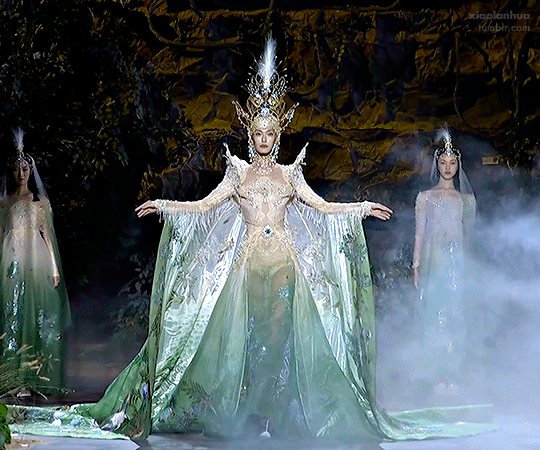


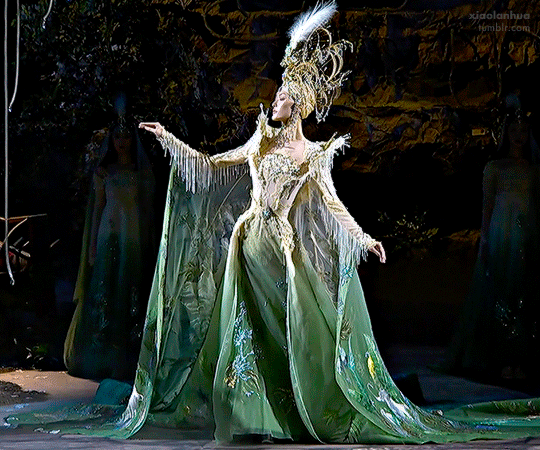
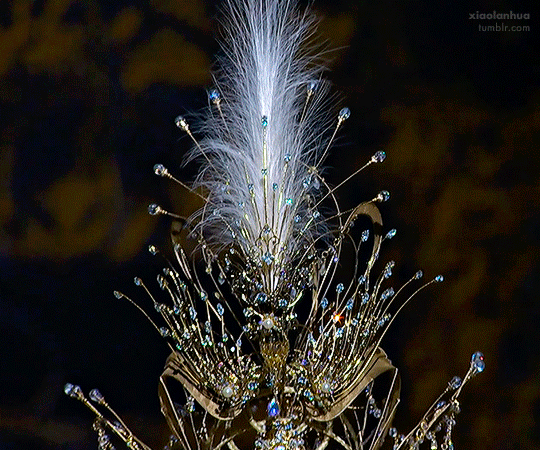
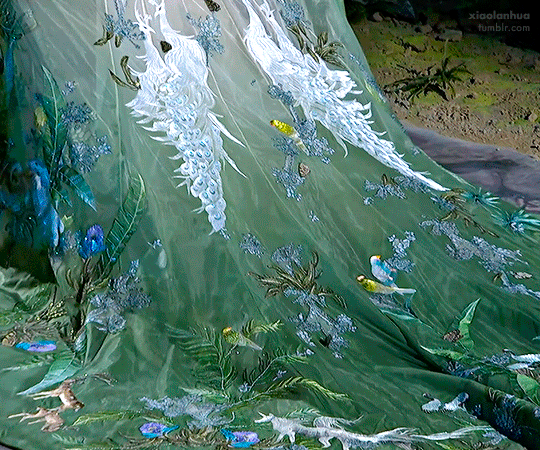
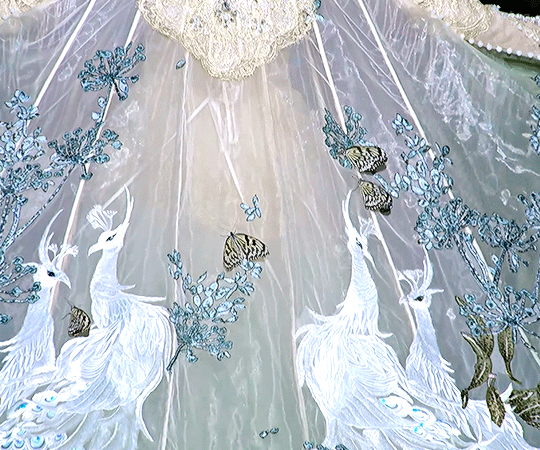
Heaven Gaia Spring/Summer 2022 "Qian Kun · Fang Yi"
#heaven gaia#heaven gaia ss 2022#xiong ying#fashion#haute couture#runway#couture#fashion edit#couture edit#my gifs#*#chinese fashion#heaven gaia spring summer 2022#fashion show#fashion design#i am mesmerized#3k
4K notes
·
View notes
Text









Old Chinese houses are an inexhaustible creative space in terms of wooden interiors. To me, something alike is associated with childhood memories of a countryside house in Zhejiang.
Photo: ©遗产君
#ancient china#chinese culture#chinese history#chinese architecture#ming dynasty#qing dynasty#old china#chinese customs#wooden architecture#wooden buildings#wooden interior#vintage interior#interiors#interior design#interior architecture#interior#interior decor#interior inspiration#woodworking#wood carving
1K notes
·
View notes
Text




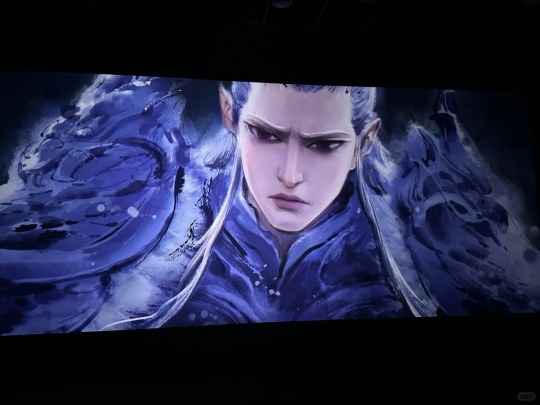

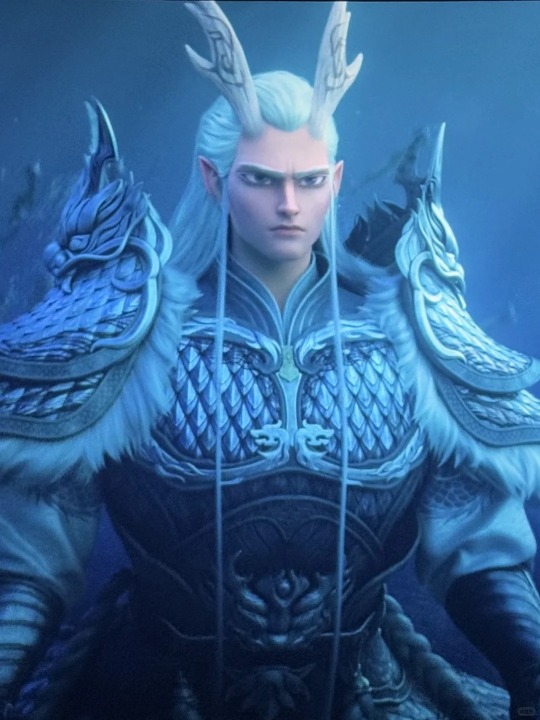

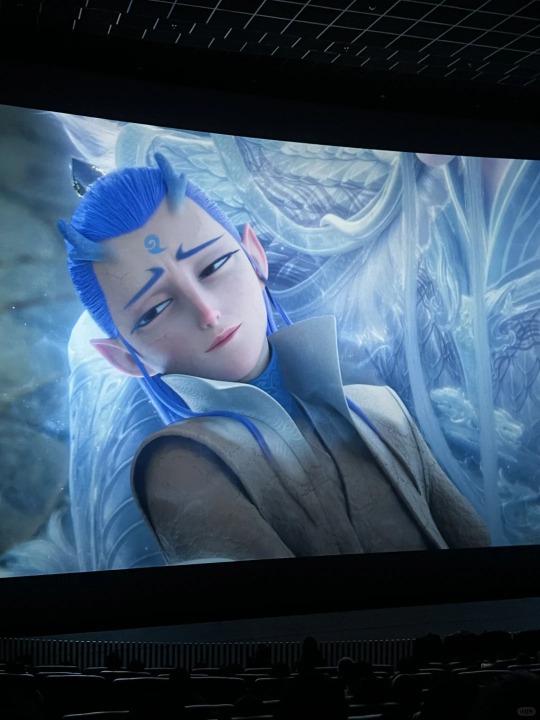
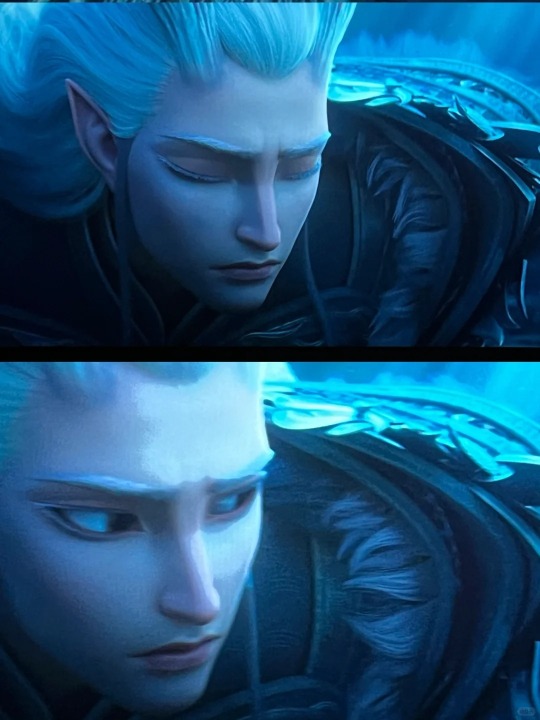
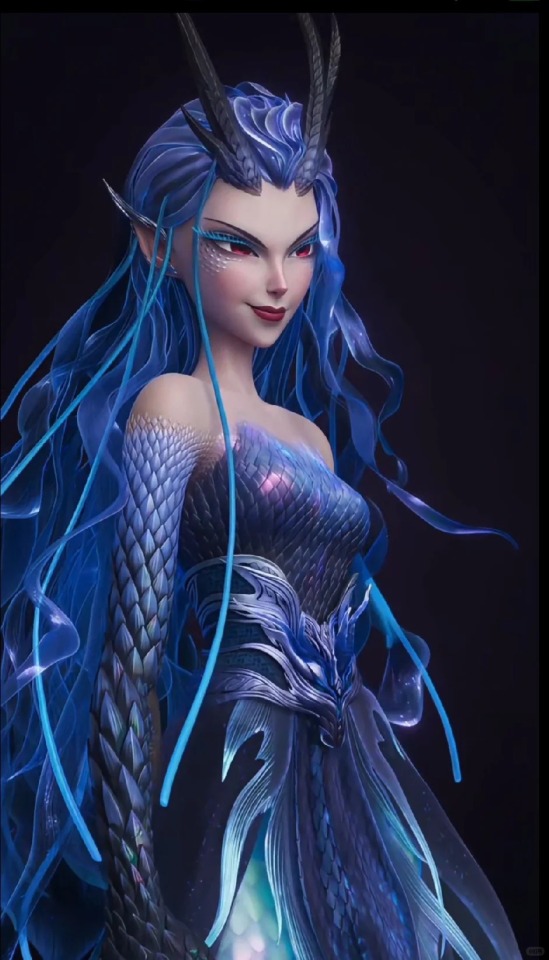
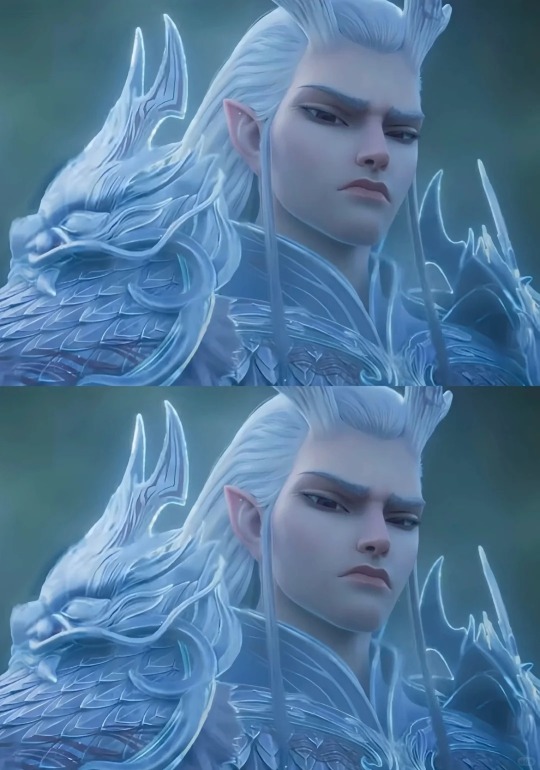



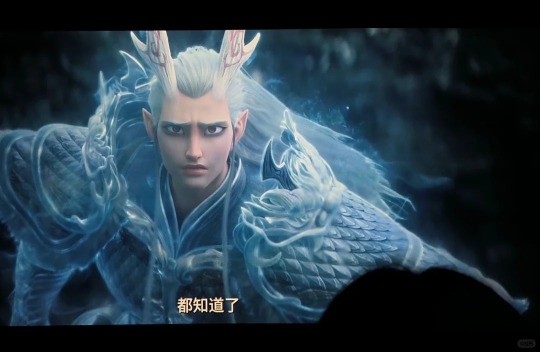
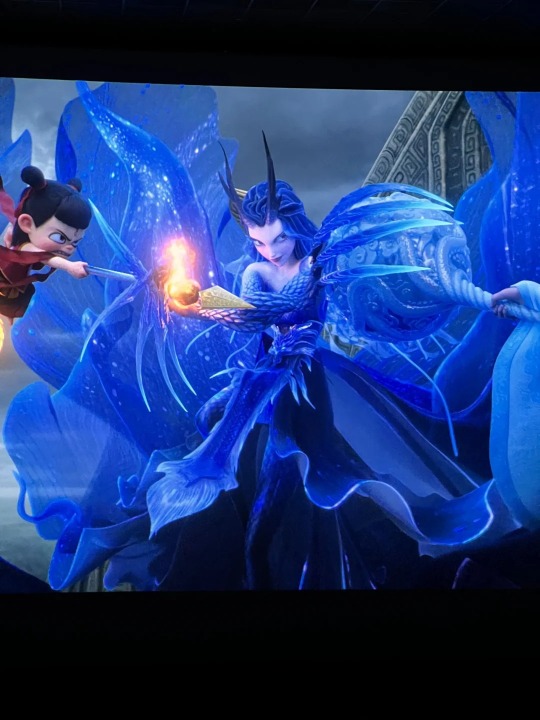




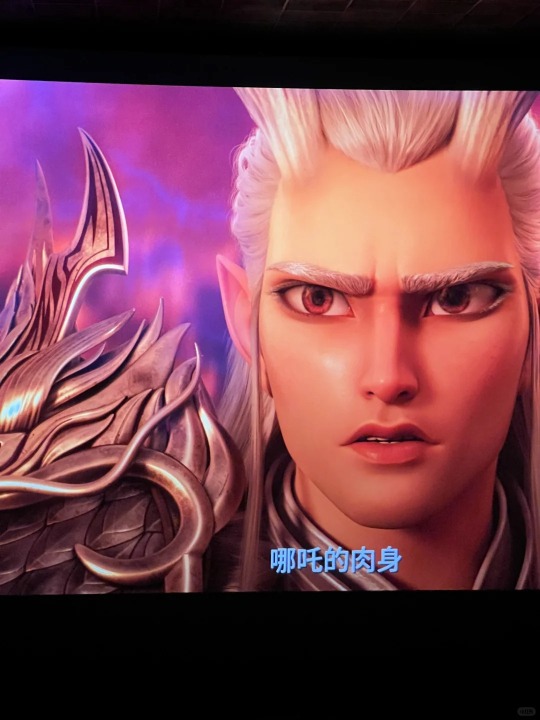


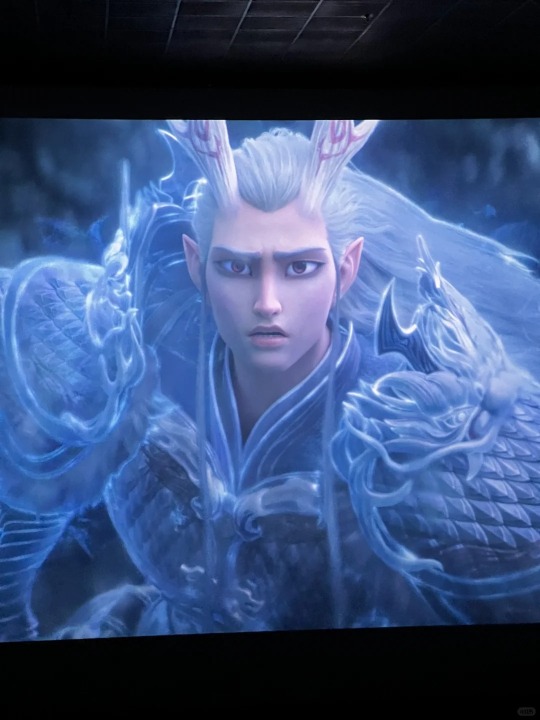

Ao Bing's father and aunty. His father is Ao Guang敖广, Longwang of the East Sea, and his aunty is Ao Run敖闰, Longwang of the West Sea. (lóngwang龙王 means sovereign of lóng龙)
Scholars used to use the word loong but its pronunciation is significantly different from the Chinese character "龙". Long is better but still not the same. The aunthentic pronunciation is more like [lɔ:ueng] and it's pinyin is lóng.
Translators use the word dragon merely to facilitate better understanding, but the Chinese "龙" and the Western "dragon" are vastly different, fundamentally distinct, much like two creatures that aren't in the same dimension.
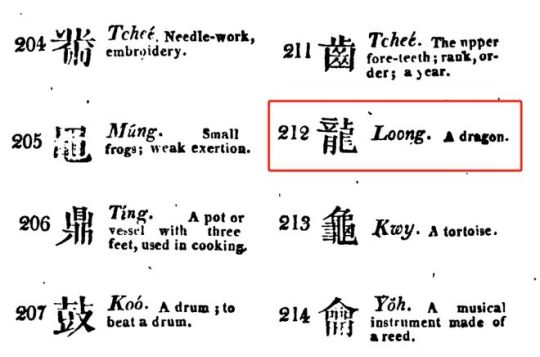
The Chinese 龙lóng is a sacred mythical creature; they are considered holy beings, existing in a dimension above that of mortals. They hold the responsibility of controlling the wind, lightning, thunder, clouds and rain, regulating the weather, and blessing the abundance of crops. The copulation of 龙lóng with nine other creatures gave birth to various divine beasts, each bearing some characteristics of the 龙lóng, but the true 龙lóng is regarded as the purest and most noble of all.
In China, many people claim to have seen lóng, with plenty of folk records both before and after the founding of the People's Republic. In the internet era, there are also many videos of lóng. One of the most famous is footage taken by a college student on her dormitory balcony on a cloudy day, where a lóng appears in the thunderclouds and then turn its head to gaze the girl. Another notable incident is the CCTV live broadcast of the Gaoyou Lake lóng water spout event (interestingly, CCTV later edited the live footage, changing the scene of a real lóng spiraling and disappearing in a flash to show three ridiculous birds that didn’t follow the rules of perspective). These videos can be found on Bilibili if you want to check them out. I think the dormitory and Gaoyou Lake videos are real like they're truely lóng (the dorm one is especially striking because it looks exactly like the watery ink long on ancient Chinese paintings, with an extraordinary and otherworldly vibe, exuding an overwhelming sense of oppression). Other real videos show that lóng can fly at incredibly high speeds, like lightning. Folk culture says lóng can switch between physical and ethereal forms at will, which is why they can move so fast. There are also many fake videos to get clicks online, so one gets to use their own judgment. It’s widely believed that lóng appeared as early as the creation of the world, and they made a pact with the ancestors of Chinese people and have been protecting the 'Celestial Realm and Divine Land of Huaxia'华夏神州 ever since. In the unique Chinese twelve shengxiao生肖 culture, lóng is the only mythical creature—the other eleven are common animals. Some scholars think that when shengxiao was created, many people had actually seen lóng and accepted that they're real, which is why it became one of the twelve shengxiao.
#china#fashion#movies#nezha#nezha2#dragon is not the accurate translation but it's being used more frequently#i use it sometimes still i don't think it's correct#art#character design#reference#I really enjoy reading chinese folk records#very very interesting#like the double fish jade pendant双鱼玉佩 that was found in the desert of northwestern china#simply mysterious and terrifying#It's said that the object has been sealed away by related administration and buried in a deep underground storage facility#nezha 2#nezha 2025#ao guang#ao run#ao bing
471 notes
·
View notes
Text

Source
#bedroom#intermediate#palace#chinese designs#daybed#picture walls#textiles#maximalism#home decor#interior design
43 notes
·
View notes
Text
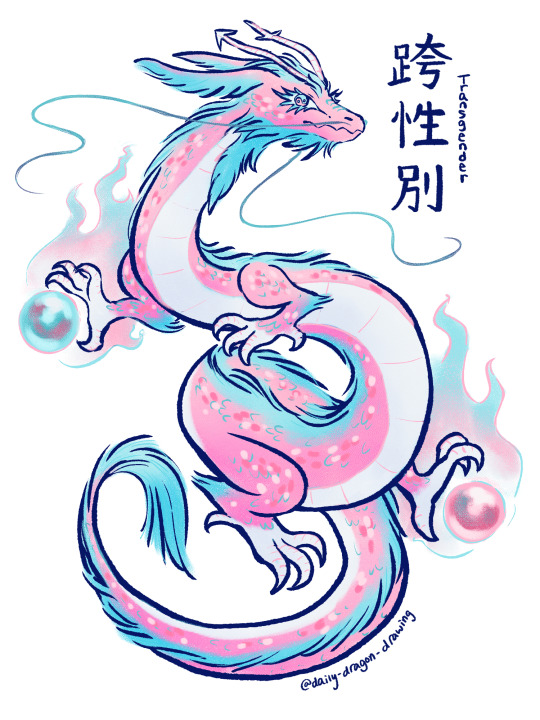
#111 - 跨性別 (kuà xìngbié / transgender) - A dragon that transes your gender?! 🏳️⚧️💙💗🤍⚧️
#send me pride dragon requests plz!!#daily dragon drawing#art#art challenge#artists on tumblr#chinese artist#dragon#dragon a day#dragon art#dragon oc#dragons#daily drawing#daily dragon#chinese dragon#drawing challenge#drawing every day#drawing#illustration#year of the dragon#fantasy creature#creature design#zodiac#dragon illustration#pride#lgbt pride#queer#queer pride#lgbt#lgbtqia#pride dragon
18K notes
·
View notes
Text

Happy Lunar New Year, fellow goblins!
Today (29th January) officially marks the first day in accordance with the lunar calendar. This year belongs to the Wood Snake! 🪵🌳🐍💖
Those born under this slithery zodiac sign are said to very enigmatic and intuitive. Private and reserved, Snakes tend to act according to their own judgements. They are also very determined to accomplish their goals and dislike failure.
Wood Snakes in particular are charming, intelligent and creative, with a refined taste. However they may also be overly secretive, cunning and sometimes ruthless.
My Wood Snake is inspired by the colours of the Rainbow Eucalyptus (Eucalyptus deglupta) and the bark pattern of the Chinese Elm (Ulmus parvifolia). It also has Ganoderma lingzhi fungi growing from its body. This particular fungus is known as the mushroom of immortality and is revered in traditional Chinese medicine.
Wishing all of us the very best year to come, and may the Wood Snake bring us lots of happiness and positive changes. 💖
#jasminetwil#my doodles#animal doodles#zodiac doodles#cny 2025#lunar new year#chinesenewyear#year of the snake#wood snake#artists on tumblr#illustration#character design#chinese zodiac#snake#snakes of tumblr#cute#animal art#ganoderma#rainbow eucalyptus#digital art#illo#cryptid#mythical creatures#tree bark#zodiac facts#wood type#treecore#danger noodle#except this guy isn't dangerous#you might get splinters tho
447 notes
·
View notes
Text
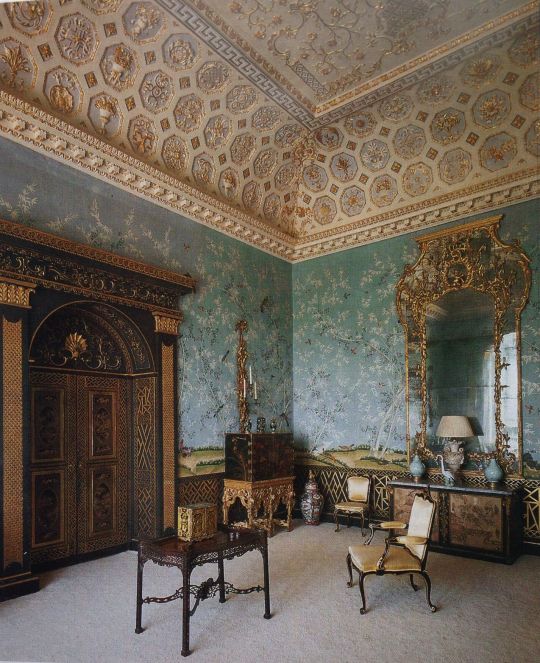
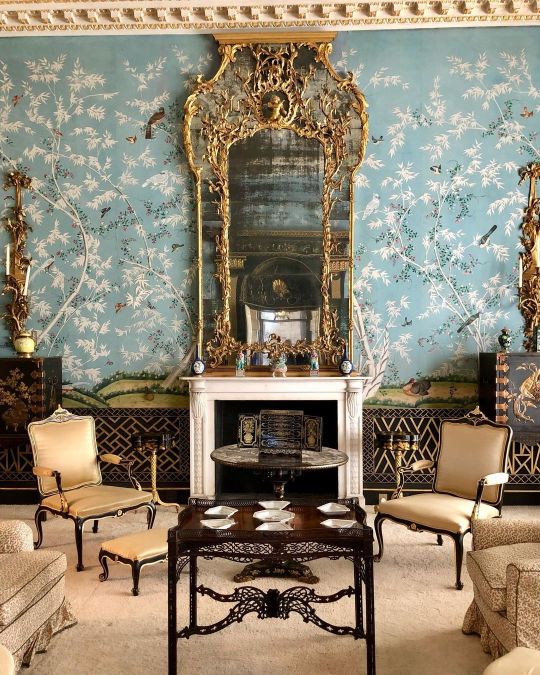
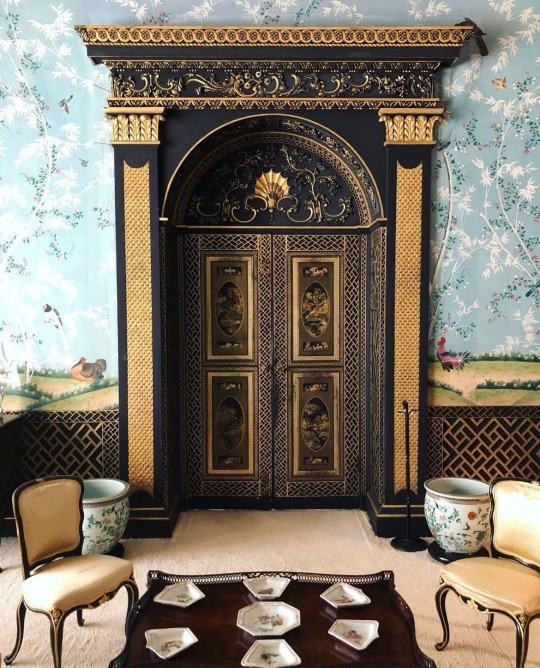
Grimsthorpe Castle, Bourne, Lincolnshire, United Kingdom
#art#design#architecture#history#luxury lifestyle#style#luxury house#luxury home#chinese#castle#united kingdom#grimsthorpe castle#lincolnshire#bourne#bridgerton#country house
1K notes
·
View notes
Text
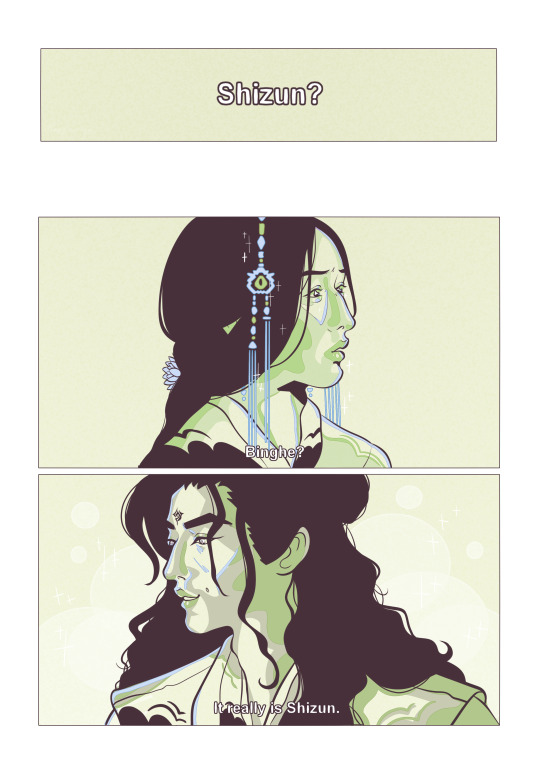
Red clouds tower in the west,
The sun is sinking on the plain.
A sparrow chirps on the wicker gate,
I return from a thousand li away.
My wife and children are shocked to see me,
Then calm themselves and wipe their tears.
I floated through this disordered life,
By chance I have managed to return alive.
The neighbours all lean over the wall,
And they as well are sighing and sobbing.
Late at night we bring out candles,
And face each other as in a dream.
-
Qiang Village, Three Poems: Part 1, by Du Fu (Tang Dynasty)
Anyway hmmmm Bingqiu reunion scene!! I loved experimenting with color and a more realistic style for this one. Also, a Binghe design!!! My man my baby my husband wife!!
Also, it's been sooo long since I did a mini-comic. Forgot I love doing those lol.
Now, for the notes:
- Shen Yuan is in his grieving widow phase, so the low-ponytail with minimal jewelry keeps on staying. It's all very warring kingdoms inspired.
- Binghe is plain out fantasy. It's how airplane would've liked it.
- There is a lotus flower in Shen Yuan's hair!! Wink wink
- Binghe is freaking the fuck out inside don't think he isn't. He wants to ravage his teacher sooooo bad it makes him look stupid.
Hope you all like it!
#svsss#scum villain#scum villain self saving system#scum villain self-saving system#scum villain fanart#scum system#scumbag self saving system#bingqiu#luo bingge#luo binghe#luo bingmei#shen qingqiu#shen yuan#peerless cucumber#cucumber bro#scum villain designs#bingyuan#mlm#gay#damnei#mtmx#my art#artists on tumblr#digital drawing#digital art#mini comic#hanfu fashion#hanfu accessories#chinese hanfu#hanfu
418 notes
·
View notes
Text

Happy New Year from Trixie Lulamoon [🇭🇰] and Carol Cho (Coco Pommel) [🇰🇷] as well!
Both designed by @tulliok.
#mlp#trixie lullamoon#coco pommel#the original plan was to include rarity in this but i ran fresh outta time#and i already drew rarity#both trixie and carol were designed by tulli#trixie is wearing a tangzhuang and carol's wearing a hanbok#this weekend has been crazy busy had a lot more planned for this but decided to just finish what i can and post it#gotta move on the valentines day art#my art#fanart#the grand galloping 20s#happy lunar new year#happy seollal#happy chinese new year
3K notes
·
View notes